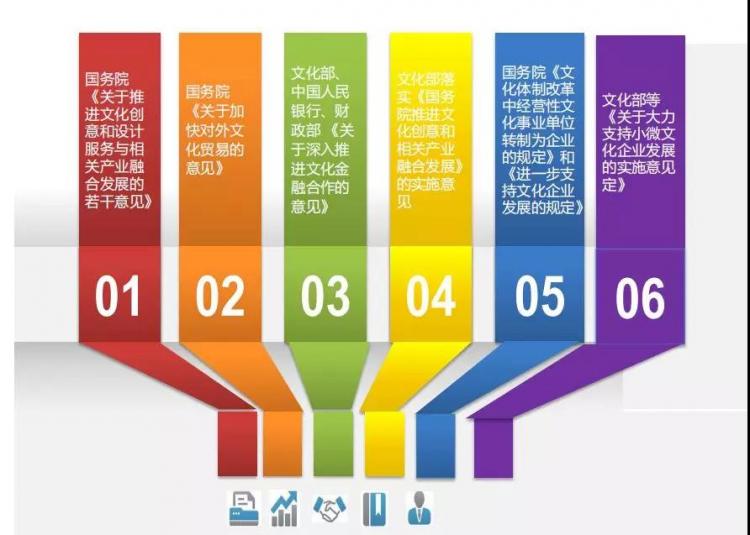one,
Let’s first review the advantages and disadvantages of commonly used tires for four-wheel drive vehicles.


HT road tire

AT All Terrain Tires

HT Mud Terrain Tires
2. What do the numbers on the tires represent?

Take the tire specification in the picture above as an example, 195/55 R15 85V.
1. Section width
It refers to the cross-sectional width of the tire, not the actual contact area between the tire and the ground. The unit is mm. Generally, the width of the tire is between 145-285mm, with an interval of 10mm. 195 means the tread is 195 mm wide.
2. Aspect Ratio
That is, the ratio of tire section height to section width, 55 represents 55%, and the flat ratio of general tires is between 30% and 80%. The lower the flat ratio of the vehicle, the thinner the tire wall, and the greater the pressure on the tire, which is more sensitive to the road conditions and easy to control. The higher the flat ratio, the thicker the tire wall, the better the tire’s cushioning on the ground, so the flat ratio of off-road vehicles is higher, but at the same time, the handling and high-speed stability will be reduced. Under normal circumstances, ordinary cars should not use tires with an aspect ratio > 75%, and luxury cars and high-performance sports cars are recommended to use tires with an aspect ratio < 60%.
3. Tire structure
R (Radial Construction), radial tire, means that the tire has a radial layer structure, and 15 is the outer diameter of the rim, in inches. The diameter of the wheel hub of a general ordinary car is between 15-18 inches. Other symbols such as “X” means high-pressure tires, “C” means reinforced tires, “B” means bias tires, “-” means low-pressure tires, and M and S are suitable for use on ice, snow and muddy roads respectively. At present, radial tires account for 80% of the market. This type of tire is wear-resistant, fuel-efficient, comfortable to ride, and has good traction, stability and high-speed performance.

4. Speed class
85V is the tire’s maximum load capacity and maximum speed. 85 means that the maximum load of the tire is 515 kg, and 85V means that the maximum speed is 240 kilometers per hour. The maximum speed is related to the last letter. The later the letter, the greater the allowable maximum speed. In sports cars, it is mostly “Y” or “Z”.


The above content is compiled from the network.




